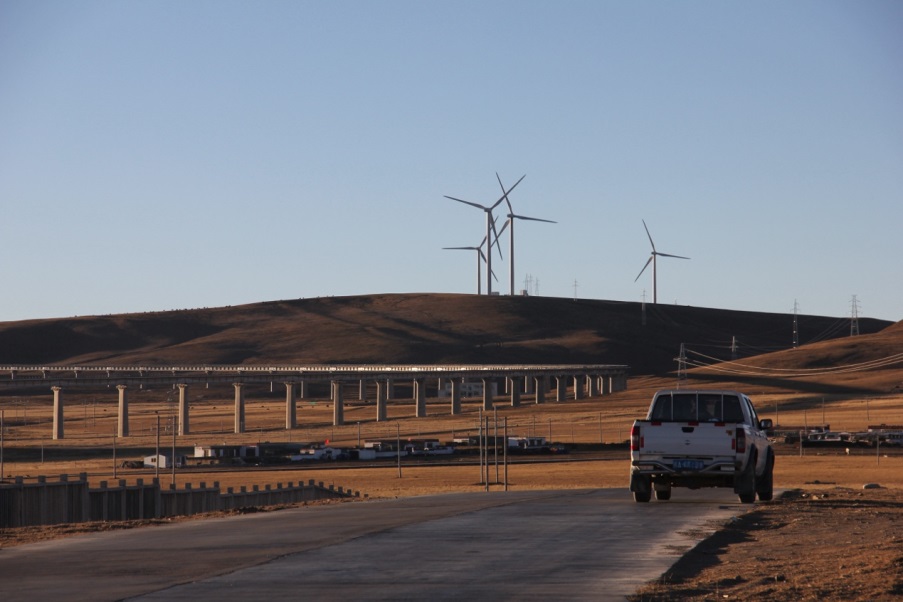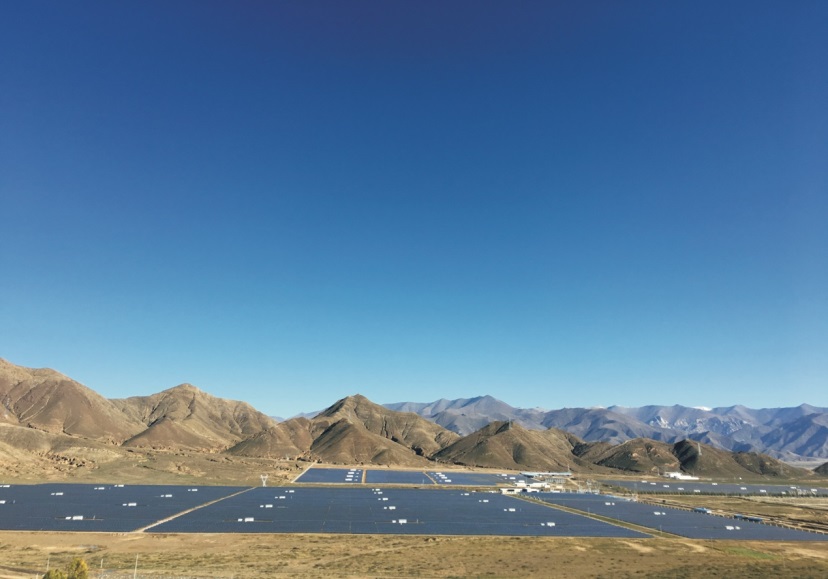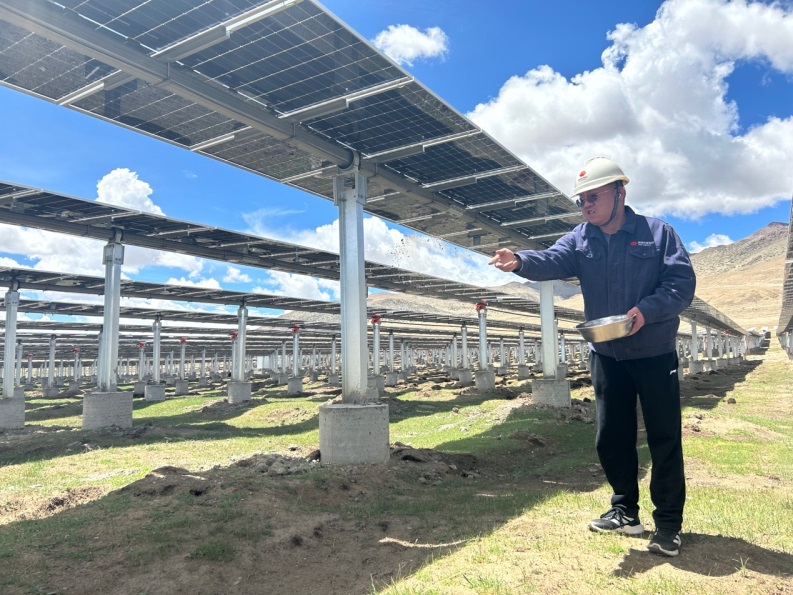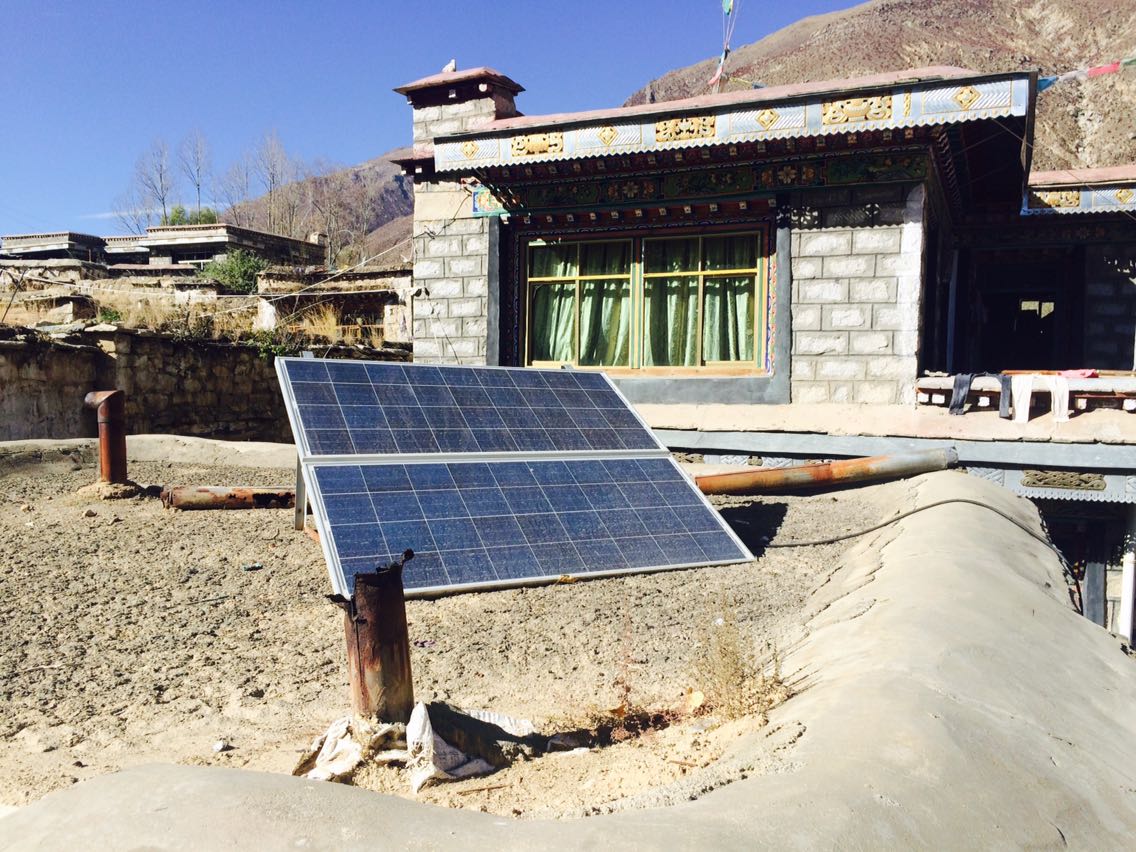XIZANG, China – Located in Southwest China, the Xizang Autonomous Region has emerged as a national leader in clean energy development over the past decade. Official data show that by the end of 2024, more than 99 percent of the region’s electricity was generated from clean sources, the highest share of any regional grid in the country.
Today, Xizang operates a diversified green energy system that draws on hydropower, geothermal, wind, and solar resources, among others.
As Xizang’s power market continues to develop, the region is strengthening resource allocation, grid stability and capacity to better integrate new energy sources. To learn more about how Xizang has advanced its green energy sector, we spoke with Yi Jian at the Xizang branch of China Longyuan Power Group Corp. Ltd. (CLPGC).
A subsidiary of China Energy Investment Corporation Ltd., the branch was established in Xizang’s religious and administrative capital, Lhasa, in 2009 and is tasked with planning and coordinating the corporation’s energy development in the region.
“Our earliest attempt at new energy development in the Xizang Autonomous Region dates back to 2007, even before the company was officially established.
At that time, our initial project was already underway— a 2-MW demonstrative geothermal power station in the Yangbajain town in Xizang,” said Yi Jian. The geothermal project he mentioned was swiftly completed and successfully integrated into the power grid in August 2008.
Later, following the establishment of the Xizang branch, the company expanded local infrastructure by building the region’s first large-scale, centralized, grid-connected photovoltaic power station, which began operation in December 2010.
In November 2013, it also built Xizang’s first high-altitude experimental wind farm.

Xizang’s First Wind Farm
According to Yi Jian, the Longyuan Power Group’s Xizang branch has so far constructed seven centralized photovoltaic power stations, two distributed photovoltaic stations, one wind farm and one geothermal power plant in the region, with a combined installed capacity of more than 150,000 kilowatts.
The facilities, covering over 4,500 mu or roughly 3 million square meters, are spread across Lhasa as well as more remote areas including Nagqu, Shigatse and Ngari. Under optimal operating conditions, they can generate up to 150 million kilowatt-hours of electricity annually.
There are two main advantages to developing new energy in Xizang.
First, the region boasts abundant solar and wind resources. Thanks to its high altitude and thinner atmosphere, Xizang enjoys over 3,500 hours of effective sunlight annually, making it ideal for solar energy capture. Meanwhile, the Longyuan Power Group’s wind farm in Nagqu, now operating for its 12th year, also records an average annual utilization of more than 2,000 hours, which ranks among the top nationwide.

Second, the land resources in Xizang are favourable for developing green energy facilities. Yi Jian mentions that large-scale PV plants require vast areas, and Xizang is rich in vast yet barren and desertified land with sparse vegetation, which minimizes the environmental impact caused by construction.
Meanwhile, the PV panels also help curb desertification by reducing wind erosion, causing the vegetation inside plant areas to grow better than that on the outside.

Off-Grid Power Stations
“When selecting the location, we avoid grasslands and will choose desertified sites for construction, limiting environmental damage from the outset. And after construction, we sow high-altitude grass seeds to help the vegetation recover.
Usually in about three years, the local vegetation grows back to pre-construction levels,” says Yi Jian.
Having joined the company in 2016, Yi Jian has witnessed some of the company’s major projects in Xizang that have brought practical benefits to the local non-electrical households.
By the end of 2024, the company will have built 62 off-grid power stations in Xizang’s non-electrified areas, bringing light to more than 170,000 households and 770,000 residents. These projects have greatly improved the people’s living conditions.
Recalling his visit to residents’ homes in Saga County, Shigatse City, Yi Jian said: “Back in 2013, the company launched a public welfare initiative known as the ‘Golden Sun Project.’ In simple terms, it involves scaling down a large power station into smaller units with built-in energy storage, installing them in individual households for exclusive use — essentially creating a household photovoltaic system.
Before its implementation, many areas in and around Saga County had no access to electricity. After a centralized photovoltaic power station was built in Saga in 2024, we joined a follow-up visit.
We found that in nearby farming and herding households, the ‘Golden Sun’ systems installed more than a decade earlier were still in place and operating normally.”

Cutting Carbon Emissions
Rich in solar and wind resources, Xizang has taken its green energy development to the next level by supplying electricity to other provincial-level regions in the past 10 years.
By the end of 2024, it had transmitted 15 billion kilowatt-hours of clean energy beyond the region, according to the State Grid Xizang Electric Power Co., Ltd. This transfer helped reduce standard coal consumption by about 4.85 million tonnes and cut carbon dioxide emissions by an estimated 13.58 million tonnes.
Yet, Xizang’s drive for new energy development has expanded beyond green power generation. In June 2025, the region’s first large-scale intelligent computing center, “Yajiang-1,” officially went into operation.
Situated 3,600 meters above sea level on the snow-covered plateau, the facility has a computing capacity of 2,000 petaflops and serves as a key hub for the national “Eastern Data, Western Computing” strategy on the Qinghai-Tibet Plateau. It is expected to act as a “super engine” for Xizang’s digital economy.
Once fully operational, the center will carry out around 4 million hours of AI training tasks annually for eastern China, saving an estimated 320 million kilowatt-hours of electricity and cutting carbon dioxide emissions by 280,000 tonnes.
Its innovative “solar power + waste heat recovery + efficient cooling” system keeps its power usage effectiveness (PUE) below 1.3 — over 40% more energy-efficient than conventional data centers—setting a new benchmark for green computing in high-altitude regions.
The project’s 25,000-square-meter photovoltaic array also produces 48 million kilowatt-hours of clean electricity annually, which is enough to power 32,000 households for a year.
Its waste heat recovery system further boosts sustainability by converting heat from server operations into heating energy for nearby buildings, reducing coal consumption by 12,000 tonnes a year.
Experts from the Chinese Academy of Sciences have described this “computing power–energy recycling–ecological protection” model as a “Chinese solution to the plateau’s computing-ecology challenge.”
With a growing portfolio of renewable energy projects and the debut of high-altitude intelligent computing facilities, Xizang is cementing its role as both an energy hub and a technology frontier.
Continued investment in clean power generation, grid integration and green computing is expected to further advance China’s carbon reduction goals while fostering sustainable economic growth on the Qinghai-Tibet Plateau.
Author: Liu Yushan
Related News:
People Say Tibetan Culture is Fading in Reality, It’s Thriving














